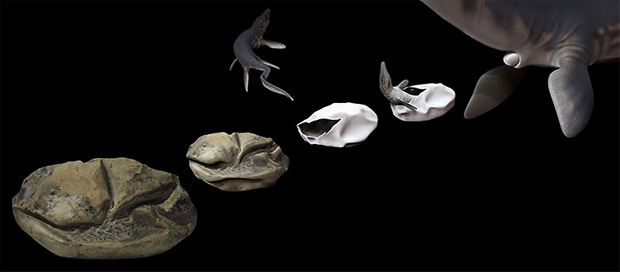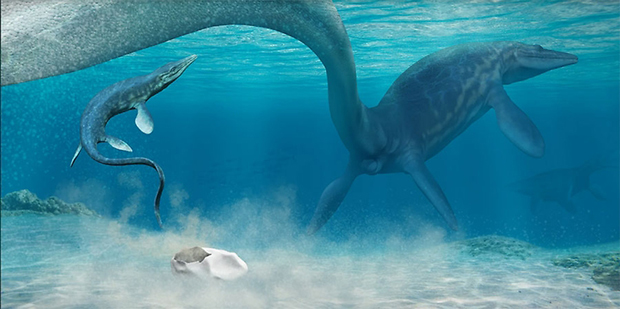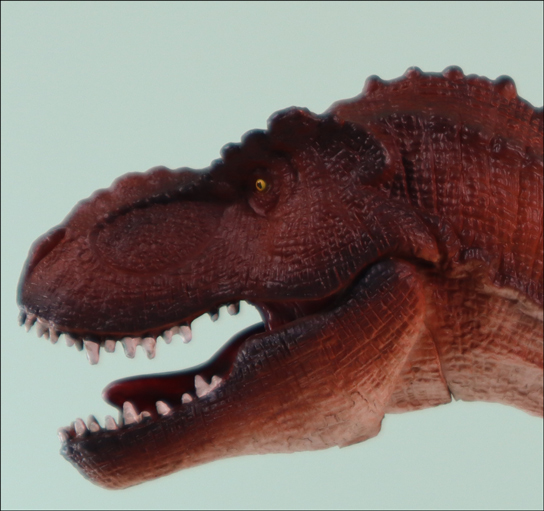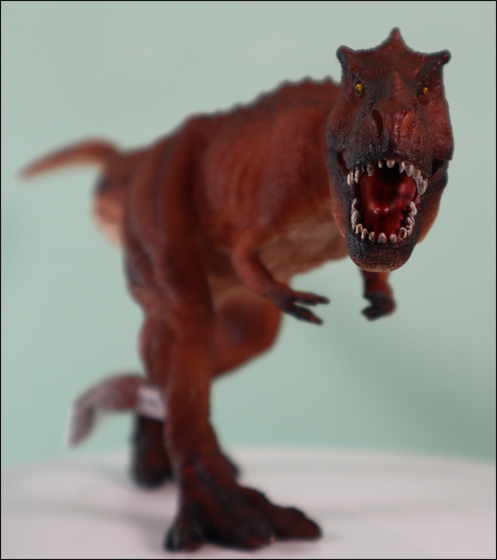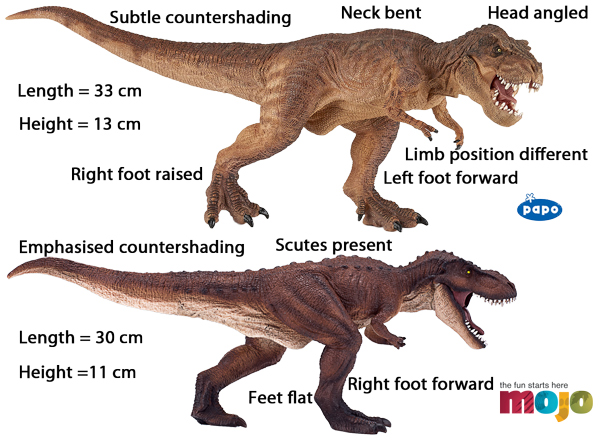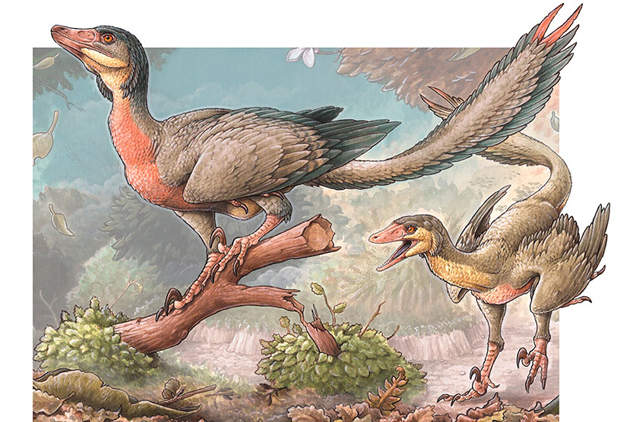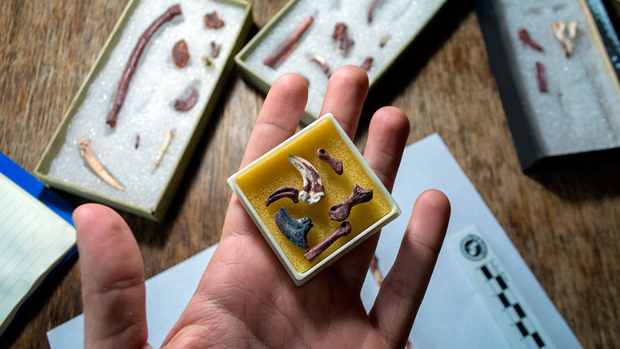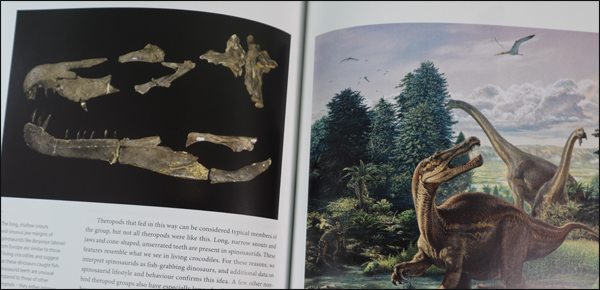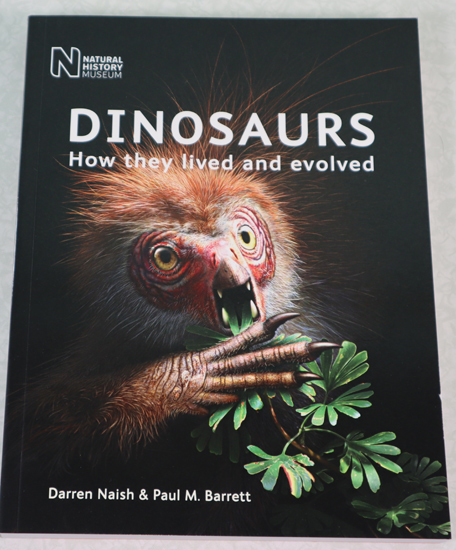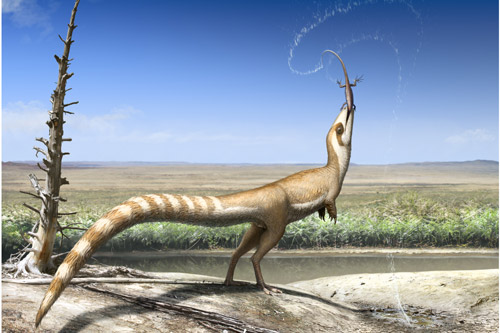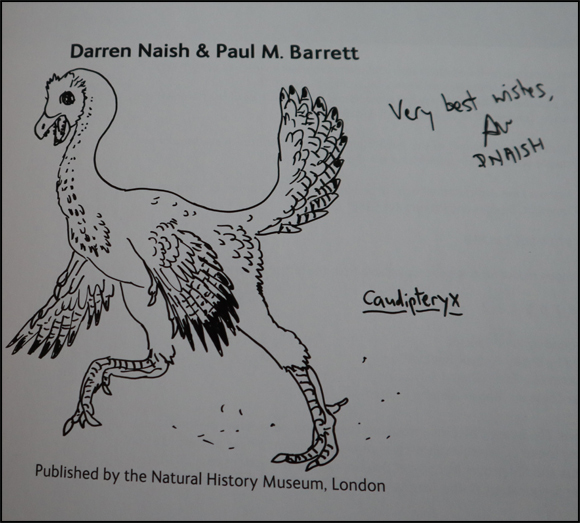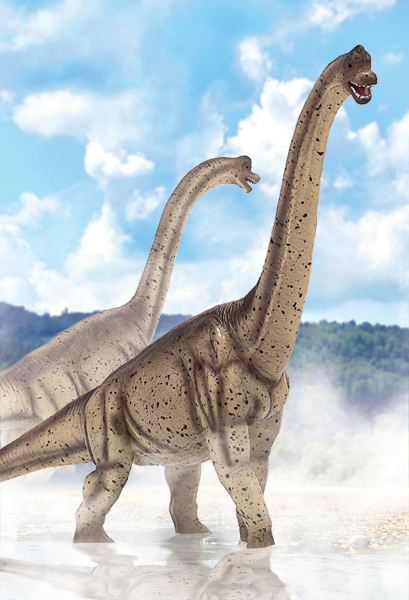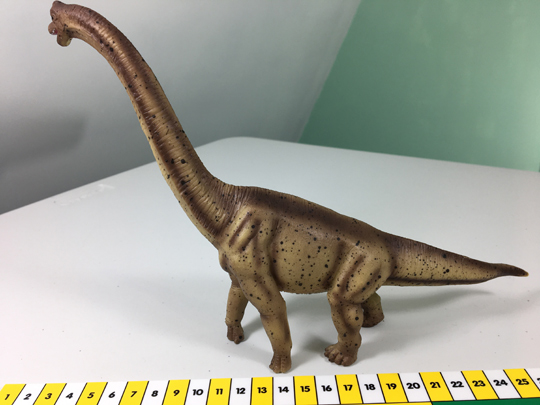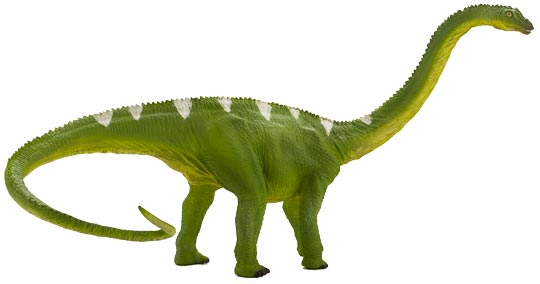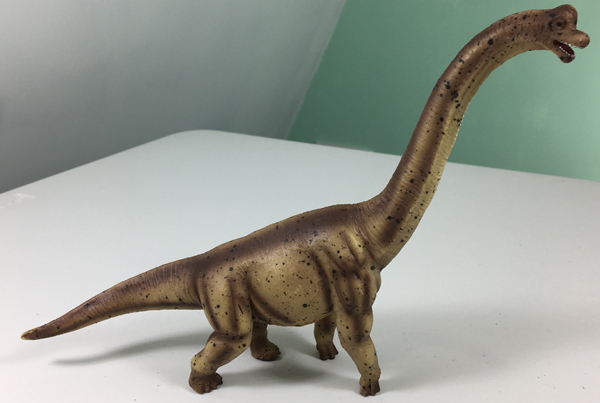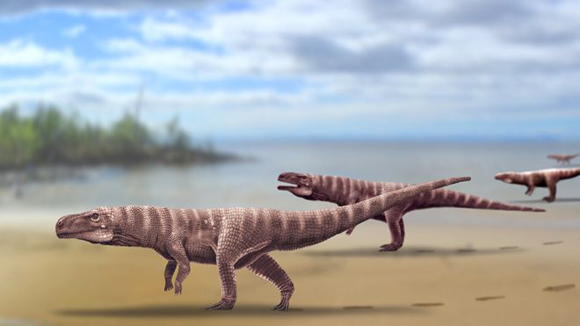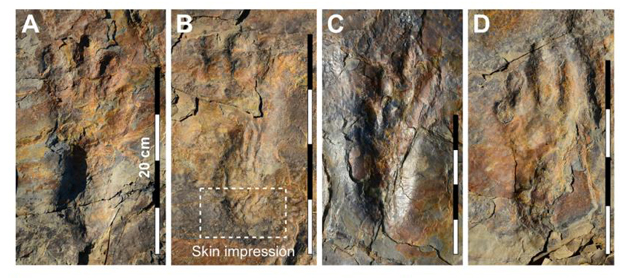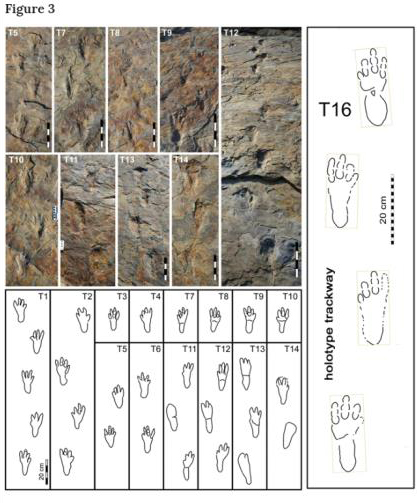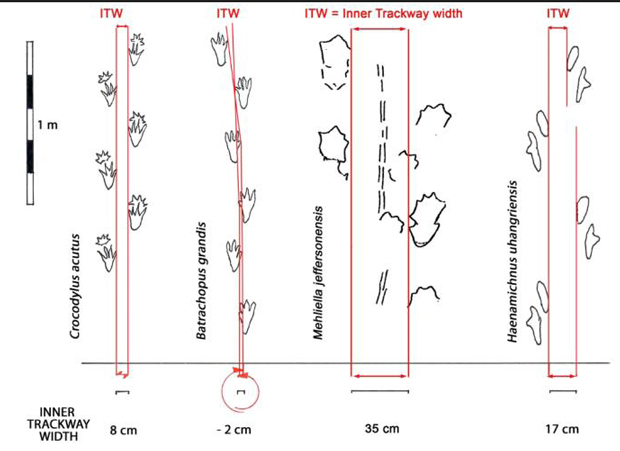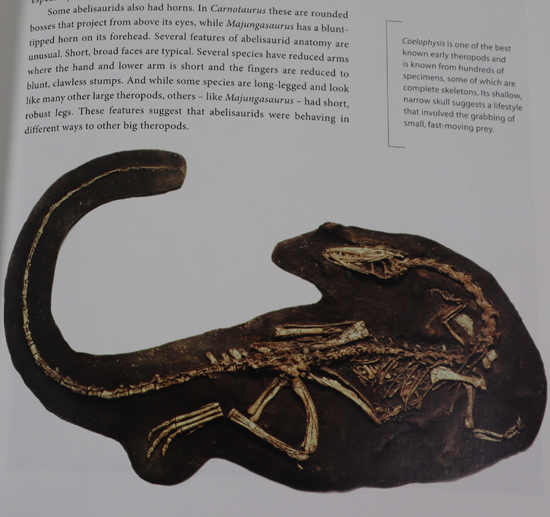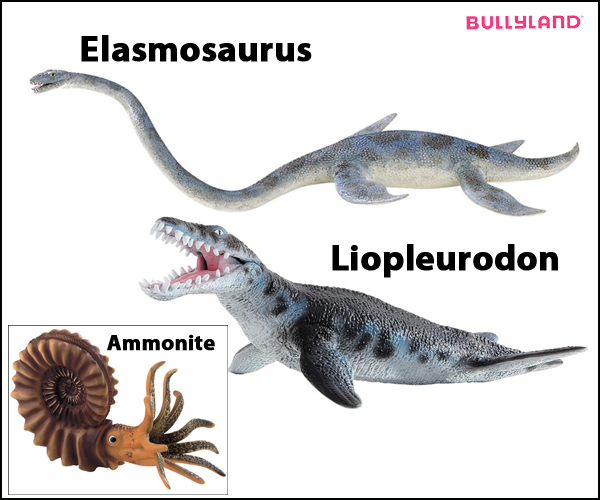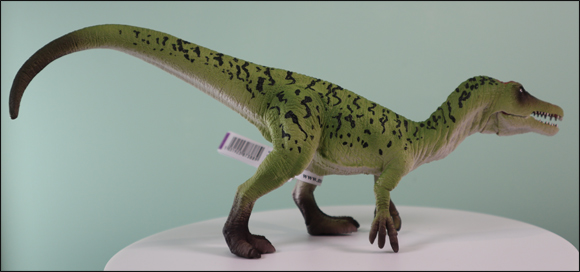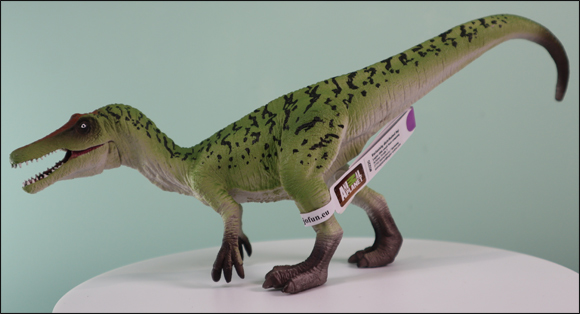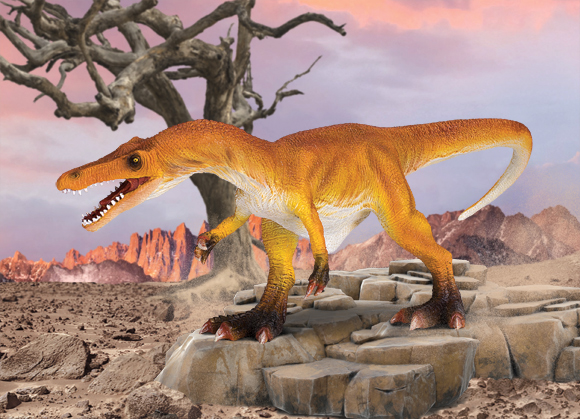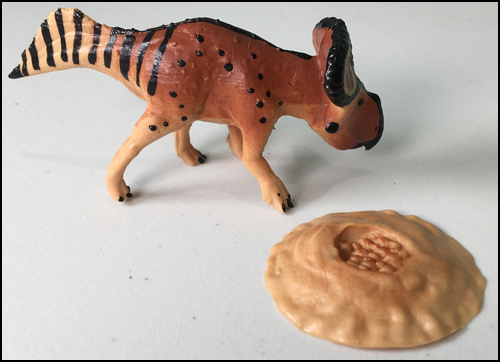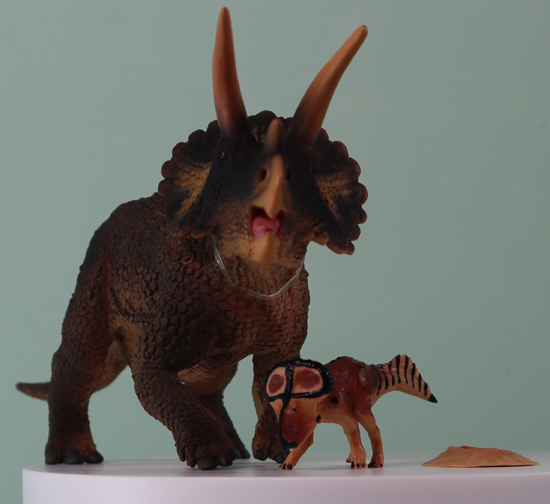It’s Not a Deflated Football – It’s Probably a Rare Egg from a Mosasaur
Antarcticoolithus bradyi – An Egg from a Giant Mosasaur
A football-sized palaeontological mystery might have been solved. A strange object found by a research team from Chile whilst exploring the López de Bertodano Formation on Seymour Island, in Antarctica back in 2011, is probably the fossilised remains of a mosasaur egg. That is the conclusion of a scientific paper published this week in the journal Nature.
A Giant Mosasaur Egg
The strange object, described as looking like a deflated football was found in Upper Cretaceous (Maastrichtian) deposits and these strata yield the fossils of dinosaurs and early birds, but they are essentially near-shore marine deposits and mosasaur fossils are found in the vicinity. The massive egg is the largest soft-shelled egg known to science and the second largest egg ever recorded. Only the enormous, hard-shelled eggs of elephant birds (family Aepyornithidae), that once lived on the island of Madagascar, are larger.
A Scientist Holding the Strange “Deflated Football” – Probably the Egg of a Giant Mosasaur
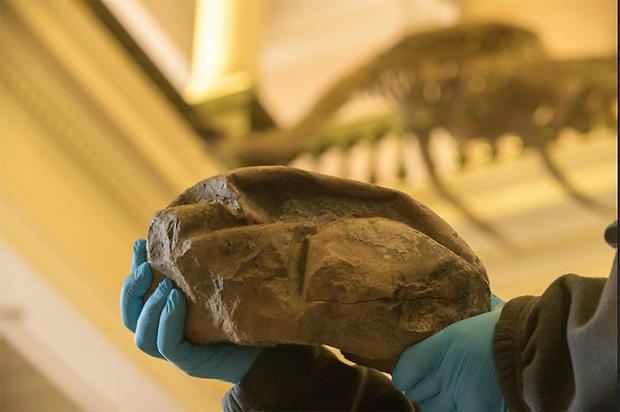
Picture credit: Legendre et al (Universidad de Chile)
One of the scientific paper’s co-authors, David Rubilar-Rogers from Chile’s National Museum of Natural History had been part of the field team that found the fossil. It remained in the Museum’s fossil collection for years, unstudied and not classified. Visiting scientists and academics were not able to identify what it was until Julia Clarke from the University of Texas at Austin visited in 2018 and proposed that the specimen represented a giant, soft-shelled egg.
A Thin Eggshell
Microscopy confirmed that the object was indeed an egg, one with a shell five times thinner than that associated with the hard-shelled eggs of elephant birds. The structure of the fossil was similar to vestigial eggs laid by some snakes and lizards today (lepidosaurs). These types of eggs are laid but hatch almost immediately, the babies are fully developed and entirely altricial. Further analysis of the fossil discovered no evidence of an embryo to help confirm identification of the egg-layer, this was an eggshell, the baby having hatched. However, mosasaurs are lepidosaurs, (Order Squamata) and the scientists propose that the egg was laid by a giant mosasaur.
Photographs, Illustrations and Microscopic Analysis of the Fossil Egg
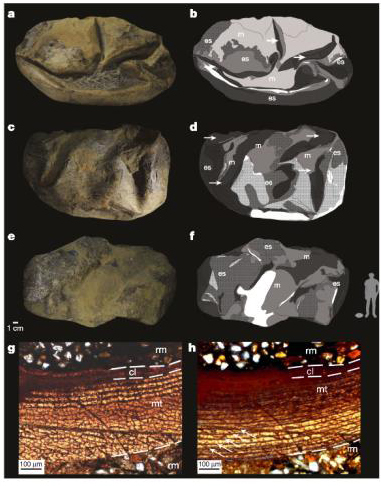
Picture credit: Legendre et al
A Massive Egg Laid by a Massive Mosasaur
The scientists, which include lead author Lucas Legendre, of the Department of Geological Sciences (University of Texas at Austin), estimate that the egg would have weighed around 6.5 kilogrammes and it would have measured about 29 cm long when it was laid. The actual fossil measures 28 cm by 18 cm. The team compiled a data set comparing the body sizes of living and extinct amniotes to calculate the potential size of the animal that produced the massive egg. They calculate that the egg was probably laid by a mosasaur that had a length of around 7 metres (excluding the tail).
A Mosasaur Hatching
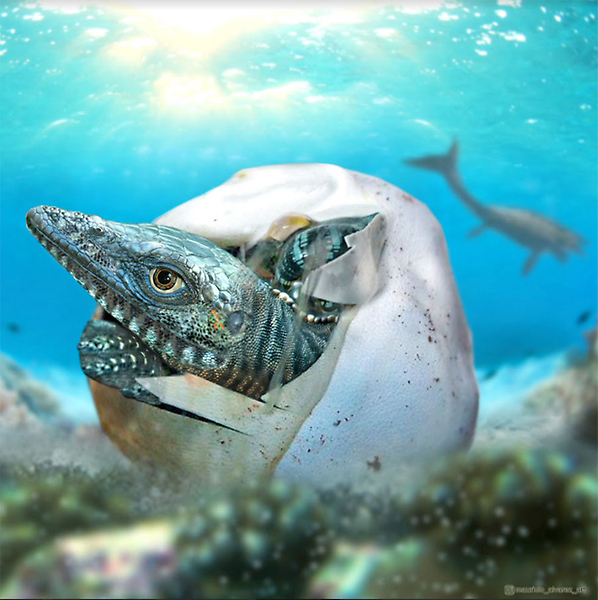
Picture credit: Legendre et al (Universidad de Chile)
A Scale Drawing Showing the Proposed Size of the Female Mosasaur that Laid the Egg

Picture credit: Francisco Hueichaleo
The First Fossil Egg from Antarctica
The visibly collapsed and folded fossil specimen represents the first vertebrate egg of any kind to be discovered in Antarctica. The researchers speculate that the near-shore, marine sediments of the López de Bertodano Formation represent an estuarine environment that linked onto a large, shallow bay. Vertebrate fossils found on Seymour Island include dinosaur bones and poorly preserved footprints, shorebird and waterfowl fossils as well as the remains of marine reptiles such as elasmosaurs and mosasaurs.
Legendre, a Postdoctoral Fellow at the Department of Geological Sciences, commented:
“Many authors have hypothesised that this was sort of a nursery site with shallow protected water, a cove environment where the young ones would have had a quiet setting to grow up.”
Was the Mosasaur Egg Laid on Land or Was it Laid in the Sea?
Did mosasaur females struggle ashore to lay their eggs in nests like turtles or did they lay vestigial eggs that hatched almost immediately having been laid in the open sea. The scientific paper does not specifically discuss how mosasaurs reproduced, but there are three competing hypotheses:
1). Mosasaur females left the water and excavated nests on the beach in which their eggs were deposited. When the eggs hatched, the young mosasaurs would scuttle down the beach and enter the water.
2). Mosasaurs were ovoviviparous – mosasaur embryos developed inside eggs that were retained inside the mother’s body until they were ready to hatch. This method of reproduction is similar to viviparity, but the embryos have no placental connection with the mother and they receive their nourishment from the yolk sac although some gaseous exchange between the egg and the mother takes place.
Ovoviviparity Reproduction in a Mosasaur
Picture credit: Legendre et al (Universidad de Chile)
3). The female mosasaur remained mostly in the water, which helped to support its body weight, but manoeuvred its body so that it could reverse out of the water and deposits its eggs on the shore.
Although not convinced that mosasaurs laid their eggs on land, co-author of the scientific paper Julia Clarke explained:
“We can’t exclude the idea that they shoved their tail end up on shore because nothing like this has ever been discovered.”
An Artist’s Impression of an Ovoviviparous Marine Reptile
Picture credit: Legendre et al (Universidad de Chile)
Antarcticoolithus
This remarkable egg fossil has been given the oogenus Antarcticoolithus which translates as “late Antarctic stone egg”.
Everything Dinosaur acknowledges the assistance of a media release from the Universidad de Chile in the compilation of this article.
The scientific paper: “A giant soft-shelled egg from the Late Cretaceous of Antarctica” by Lucas J. Legendre, David Rubilar-Rogers, Grace M. Musser, Sarah N. Davis, Rodrigo A. Otero, Alexander O. Vargas and Julia A. Clarke published in the journal Nature.
The Everything Dinosaur website: Everything Dinosaur.


